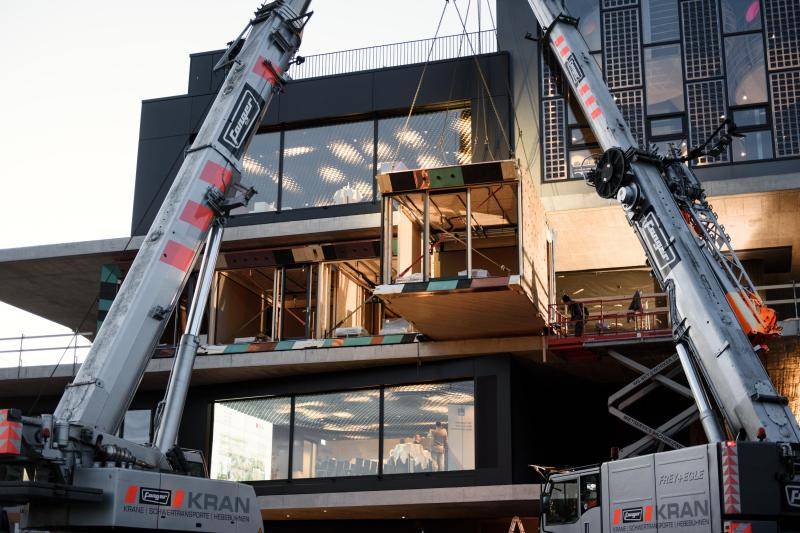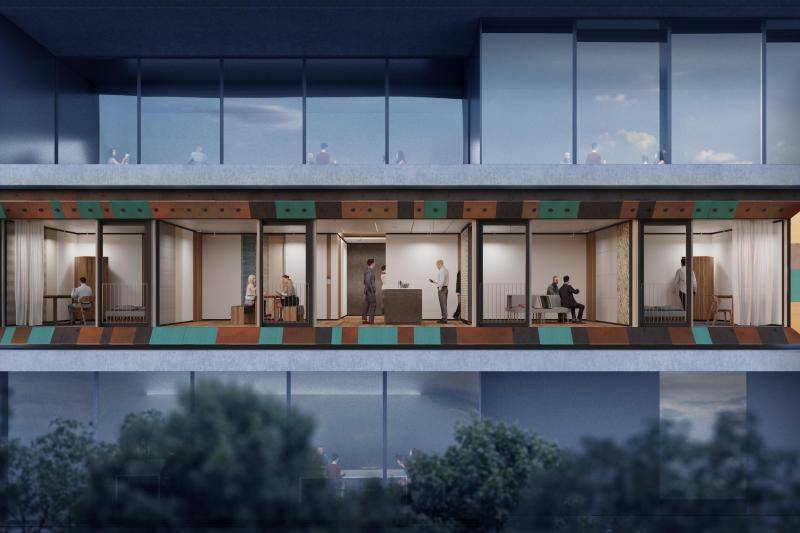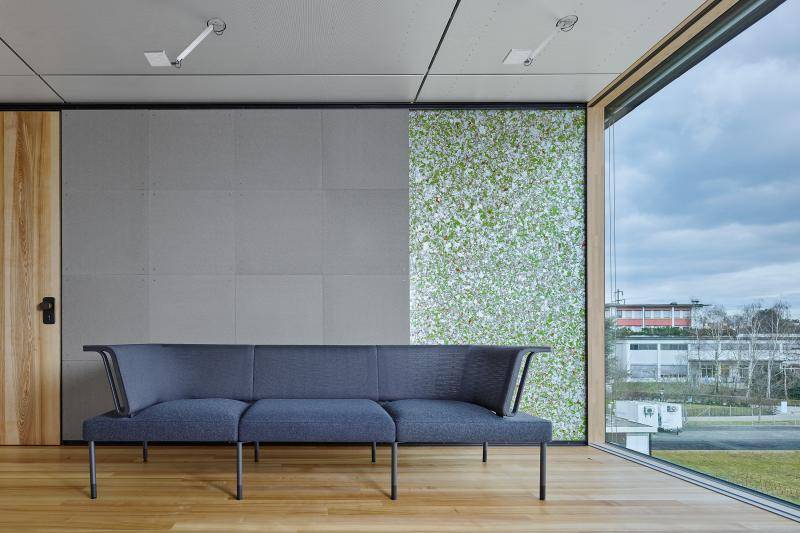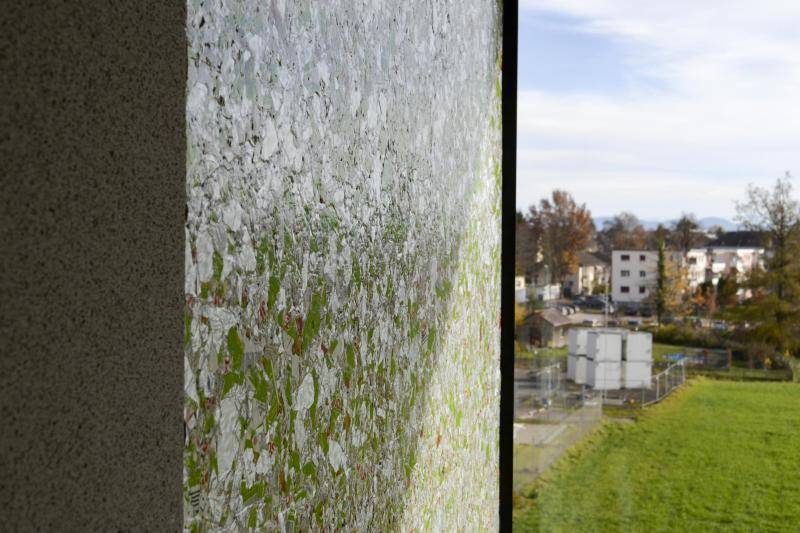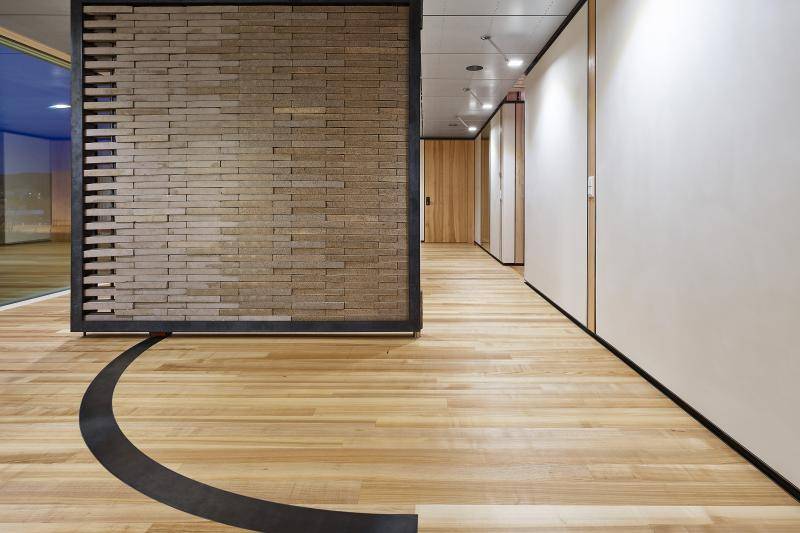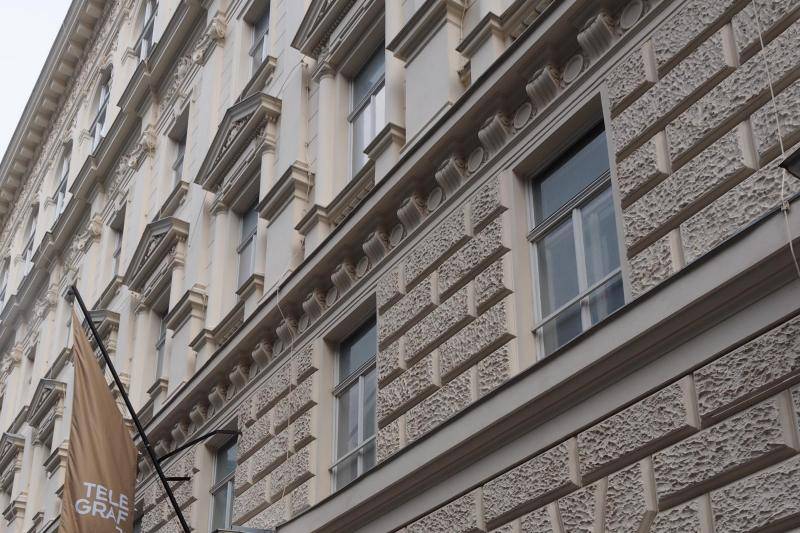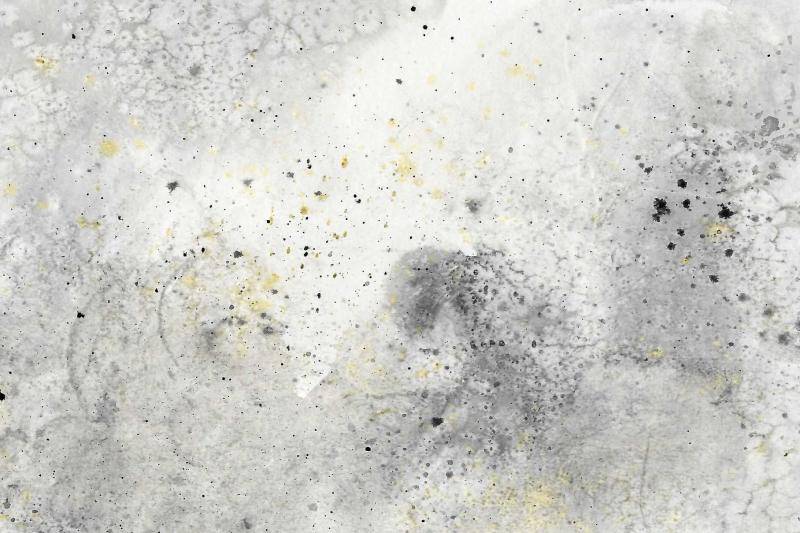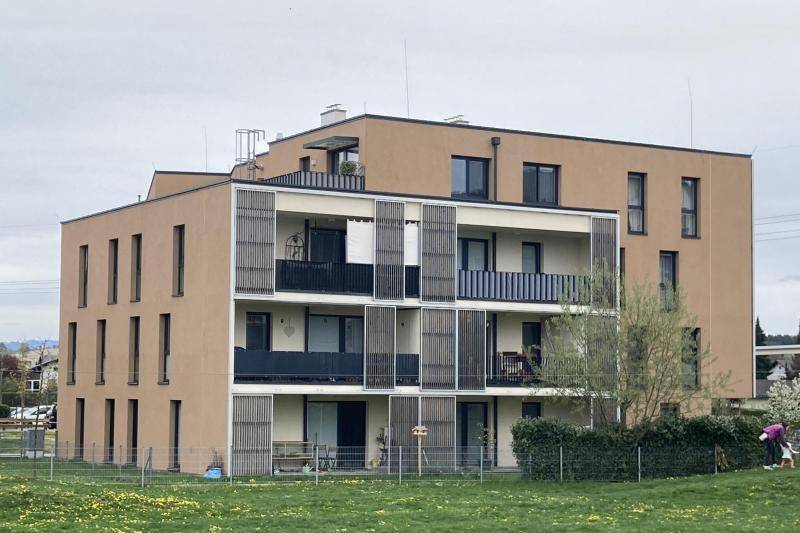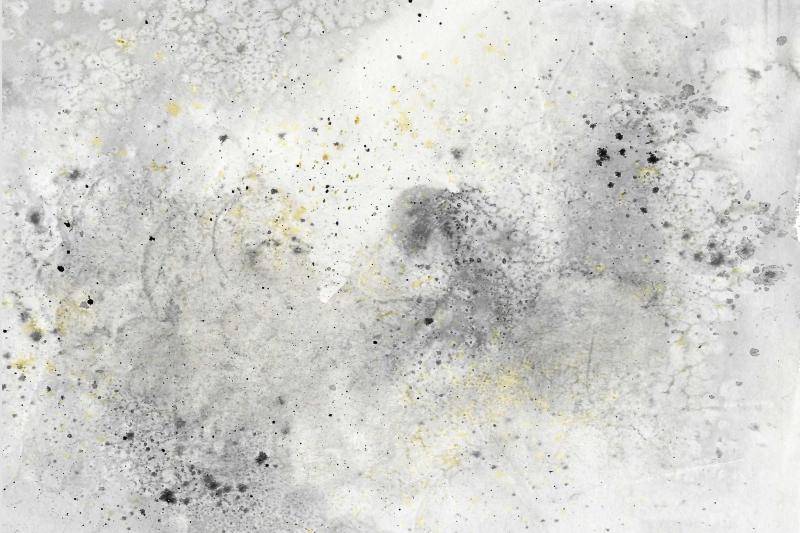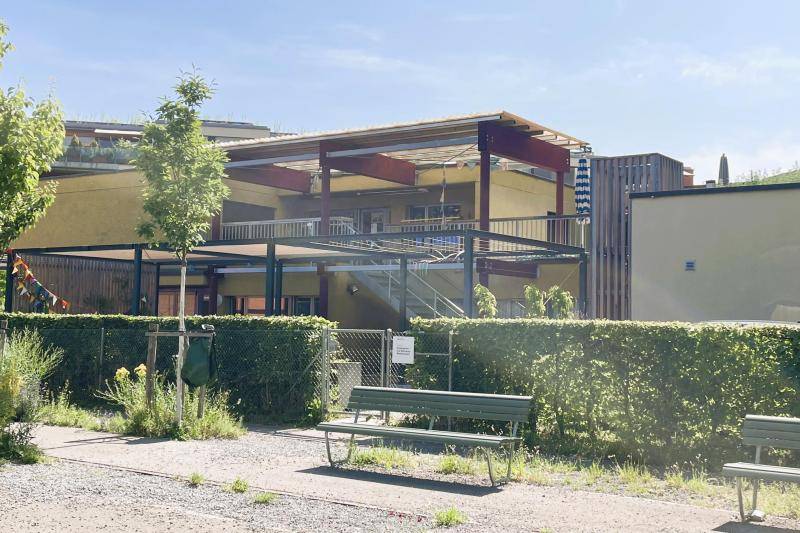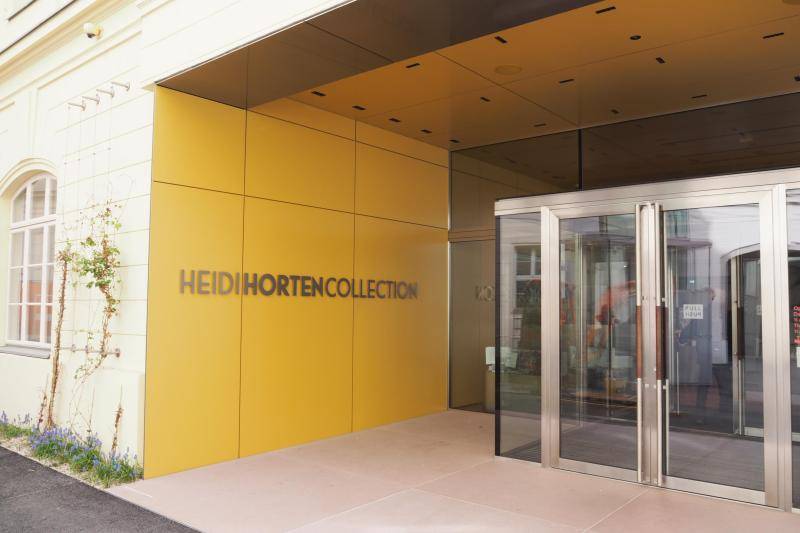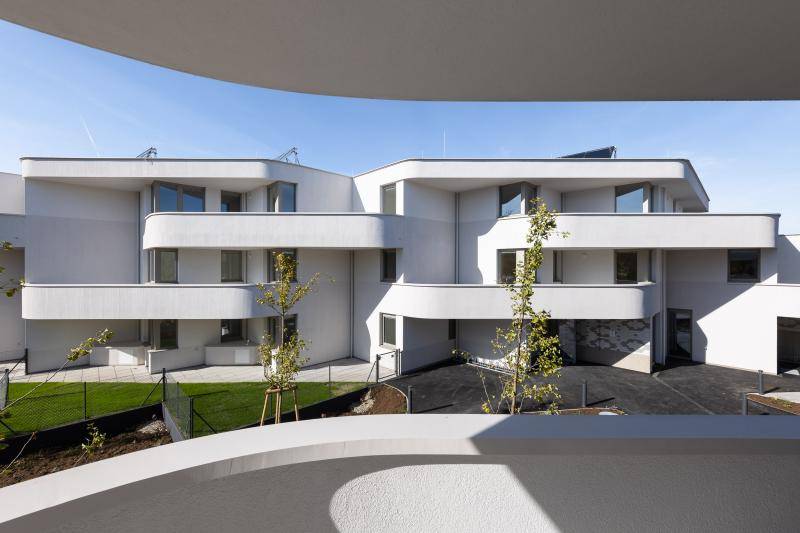NEST research building
The NEST building at the Swiss Federal Laboratories for Materials Science and Technology (Empa) in Dübendorf, Switzerland, is a one-of-a-kind structure dedicated to researching sustainable and circular construction methods. Research is conducted here under real-life conditions: new construction methods and materials are tested directly on the building, and people live and work here, testing new technologies in everyday life.
2016
General planner: Arge Nest, Zurich
Structural engineering: Schwartz Consulting, Zug
HVAC and building physics planning: Raumanzug, Zurich
Electrical planning: Mosimann & Partner, Zurich
Building automation MSRL: Jobst Willers Engineering, Rheinfelden
Fire protection: Makial + Wiederkehr, Beinwil am See

The NEST building
The structure consists of a solid infrastructure backbone that contains all building services, stairwells and lifts. Platform-like levels are docked onto this backbone, on which flexible research and office modules, known as units, can be installed. The basic structure is designed as a permanent, load-bearing infrastructure, while the individual units represent temporary experimental units. They are developed and operated independently of each other and can be replaced or converted as required. The development and all technical connections are designed in such a way that new units can be quickly integrated or dismantled. This allows different research teams to work in parallel and test new construction, energy or material systems directly under real conditions. The result is a continuous research cycle that turns the building into a living laboratory and an interface between the laboratory and everyday life. (Source: © Empa, own adaptation).
Example of a unit: The Urban Mining and Recycling (UMAR) test unit.
The Urban Mining and Recycling (UMAR) test unit is located in the NEST research building in Dübendorf. Designed by Werner Sobek, in collaboration with Dirk E. Hebel and Felix Heisel, the building shows that attractive architectural design and responsible use of natural resources can go hand in hand. The project is based on the premise that all the resources required to construct a building must be fully reusable, recyclable, or compostable. This approach prioritises life cycle thinking in planning: rather than consuming resources and disposing of them, they are removed from their technical and biological cycles for a period of time before being returned to them. This approach makes the reuse and repurposing of materials as important as their recycling and upcycling, at both the systemic and molecular/biological levels (e.g. through melting or composting). Through this conceptual orientation, UMAR functions as both a materials laboratory and a temporary storage facility for materials. (Source: © 2018 Werner Sobek, with Dirk E. Hebel and Felix Heisel, adapted by the author).
